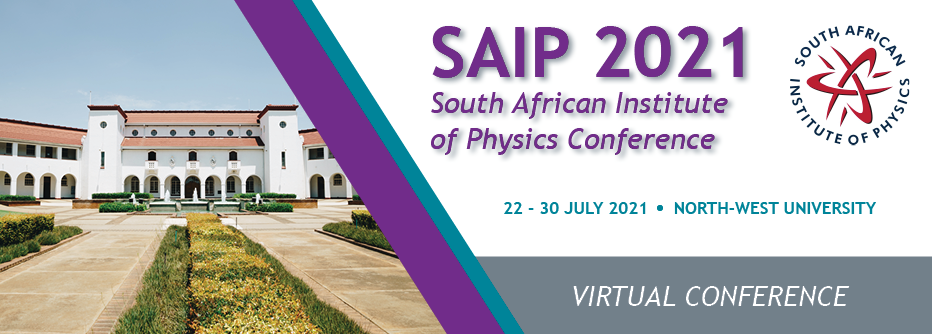Speaker
Description
We present predictions for the suppression and angular distribution of B and D mesons in $\sqrt{s}=5.5$ TeV Pb+Pb collisions at the LHC for central, semi-central and peripheral collisions. Ultrarelativistic heavy-ion collisions produce an enormous amount of energy, resulting in the formation of a quark-gluon plasma (QGP). Studying the behaviour of particles (e.g. heavy quarks) propagating through the QGP enables us to probe the physics of the QGP and the many-body dynamics of QCD. B and D mesons are the decay products of heavy quarks i.e. bottom and charm respectively and their large mass implies that they are produced very early in the collision and act as ideal probes, since they navigate the whole evolution of the QGP medium. The suppression of heavy mesons is a result of interactions with the produced QGP medium and the angular distribution is due to the initial geometric asymmetry during the collision. These heavy flavour energy loss studies are crucial for understanding the properties of nuclear matter and we provide these predictions for comparison to future LHC measurements.
Apply to be considered for a student ; award (Yes / No)?
Yes
Level for award;(Hons, MSc, PhD, N/A)?
PhD

